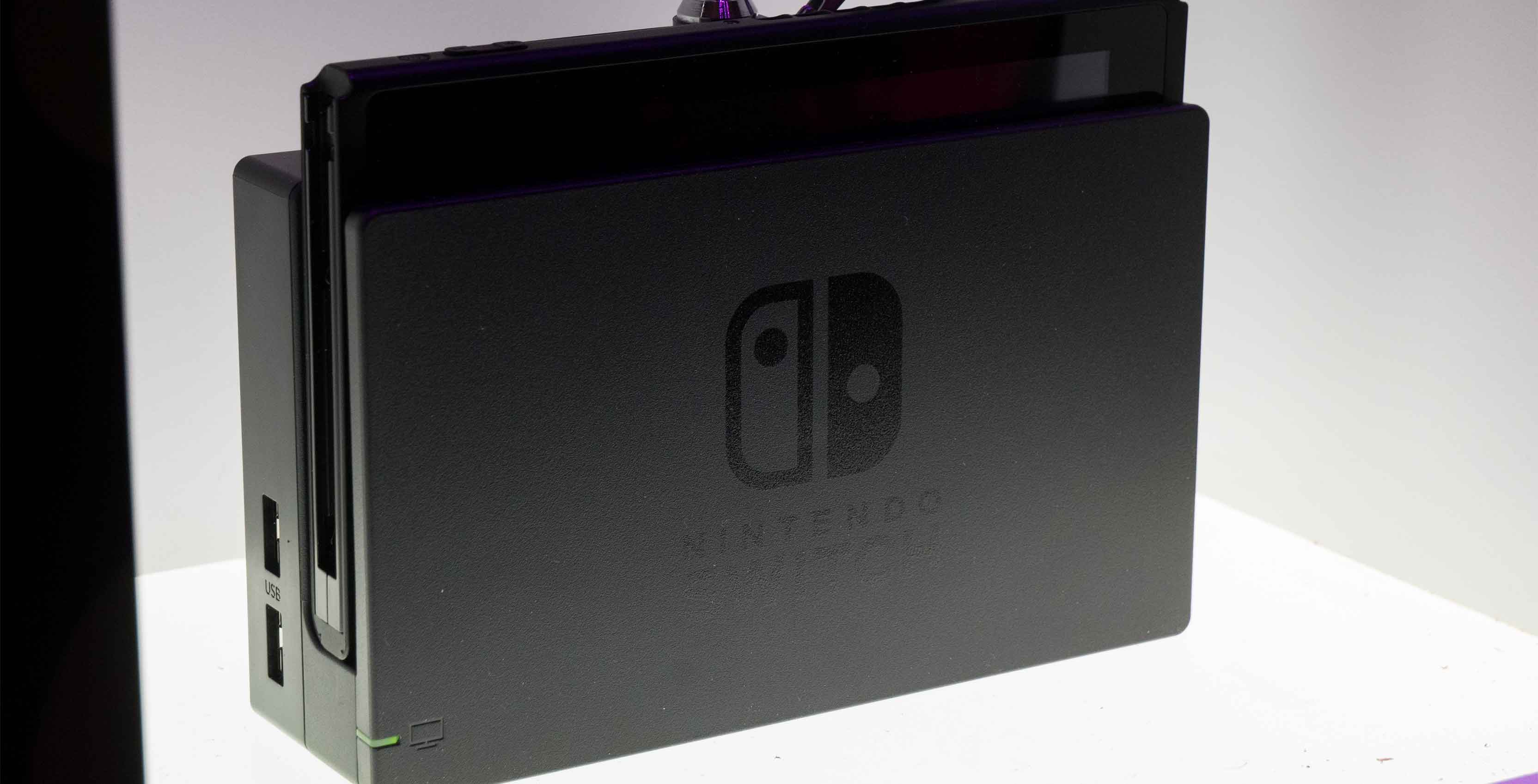
After going hands-on with the Nintendo Switch at a recent event in Toronto, I’ve been mulling over the console’s overall direction.
But first, here’s some background information. At one point in the mid 90s, Nintendo and Sega duked it out viciously for 16-bit home console supremacy with the Super Nintendo and Sega Genesis. Remember “Blast Processing” or the “Genesis does what Nintendon’t ad campaigns? Then, a few years later in the early aughts, the console war turned into a three way battle between Sony’s PlayStation 2, Microsoft’s Xbox and Nintendo’s Gamecube, with each system vying for living room video game dominance (no, I didn’t forget about the ill-fated Dreamcast).
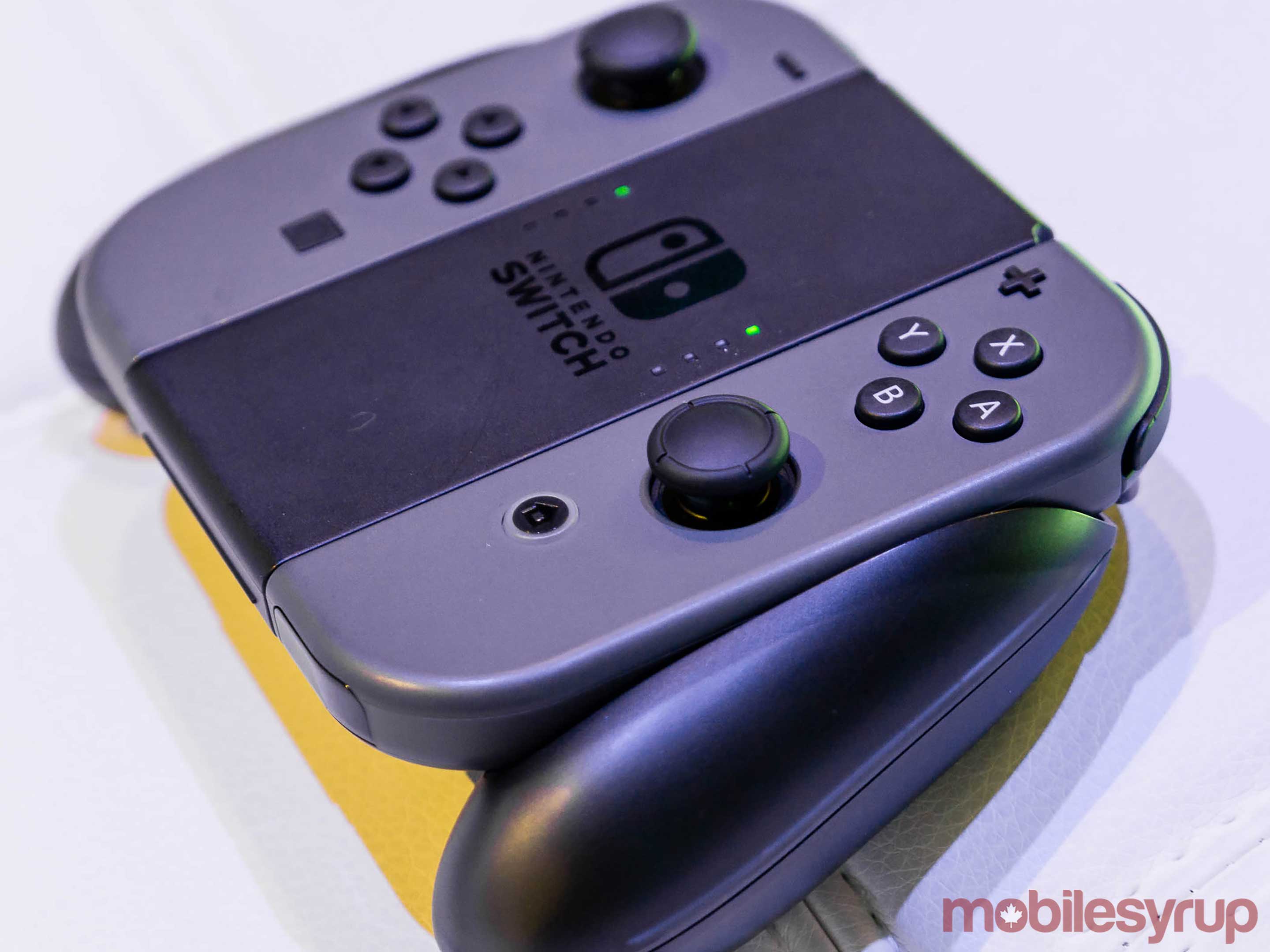
Since the Gamecube era, regardless of how impressive Nintendo’s first-party offerings are, the Japanese gaming giant’s consoles have always landed firmly in the third place position in terms of sales. The only exception to this rule is the Wii, a console that created an industry trend and changed the way we play games, at least for a brief period of time.
With the Switch, Nintendo is trying to shake up the video game industry once again after failing to do so with the Wii U.
From a graphical perspective, the Switch can’t compete with the Xbox One and PlayStation 4 because it’s powered by an already outdated custom Nvidia Tegra processor. We don’t know the specific benchmarks yet, but early speculation indicates the system will likely have difficulty running even older Xbox One and PS4 games. Of course this could be incorrect, but conversations I’ve had with developers over the last few weeks indicates otherwise.
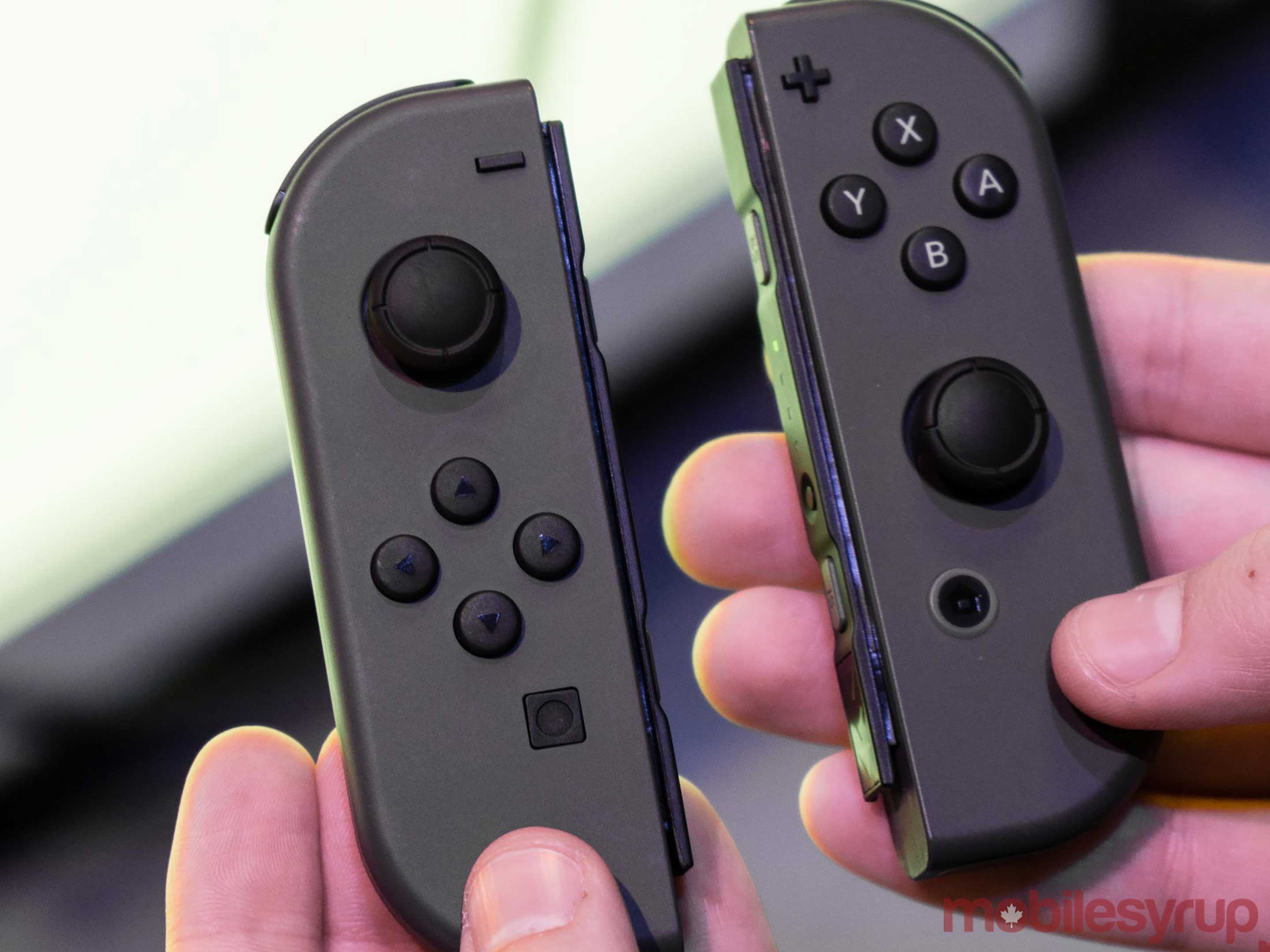
To put this in perspective, while The Legend of Zelda Breath of the Wild looks stellar in trailers and Nintendo-run livestreams thanks to its unique art style, viewing the game in person reveals draw distance issues and persistent frame rate problems, though it’s worth pointing out that the game was designed with the Wii U’s less powerful silicon in mind.
Due to the Nintendo Switch’s hardware limitations, it’s quite possible that following the initial rush of traditional third-party support for the system, many developers, apart from those that have remained loyal to the company for years, will stop creating content for the Switch. This happened with the Nintendo 64 because the company stuck to expensive cartridges rather than moving to CDs. With the Gamecube, Wii and the Wii U, however, hardware differences between Nintendo’s consoles and other main competitors of the era, resulted in an eventual lack of third-party support. A significant lack of developers making games for Nintendo consoles that aren’t actually Nintendo, has been a consistent trend for over a decade now, whether fans of the company want to admit it or not.
For developers interested in porting current-generation Xbox One and PS4 games, or even bringing upcoming multi-platform titles to the handheld-console hybrid device, the Nintendo Switch’s less powerful hardware is a significant issue game creators will be forced to contend with once again.
Nintendo consoles typically serve two purposes for gamers: either they’re an additional system accompanying a PC, Xbox One or PS4, or for die-hard fans — a market that’s likely slowly shrinking — the Nintendo console in question is their primary video game system.
It’s clear that with the Nintendo Switch this narrative likely isn’t going to change given what we know about the console so far, so Nintendo should pivot and target a different adversary and market. If the company truly wanted to compete directly with the PS4 and Xbox One following the failure of the Wii U, the Nintendo would have released a traditional and significantly more powerful home console. Instead, the Japanese manufacturer and game developer has once again opted for a more unique and quirky approach with the Switch.
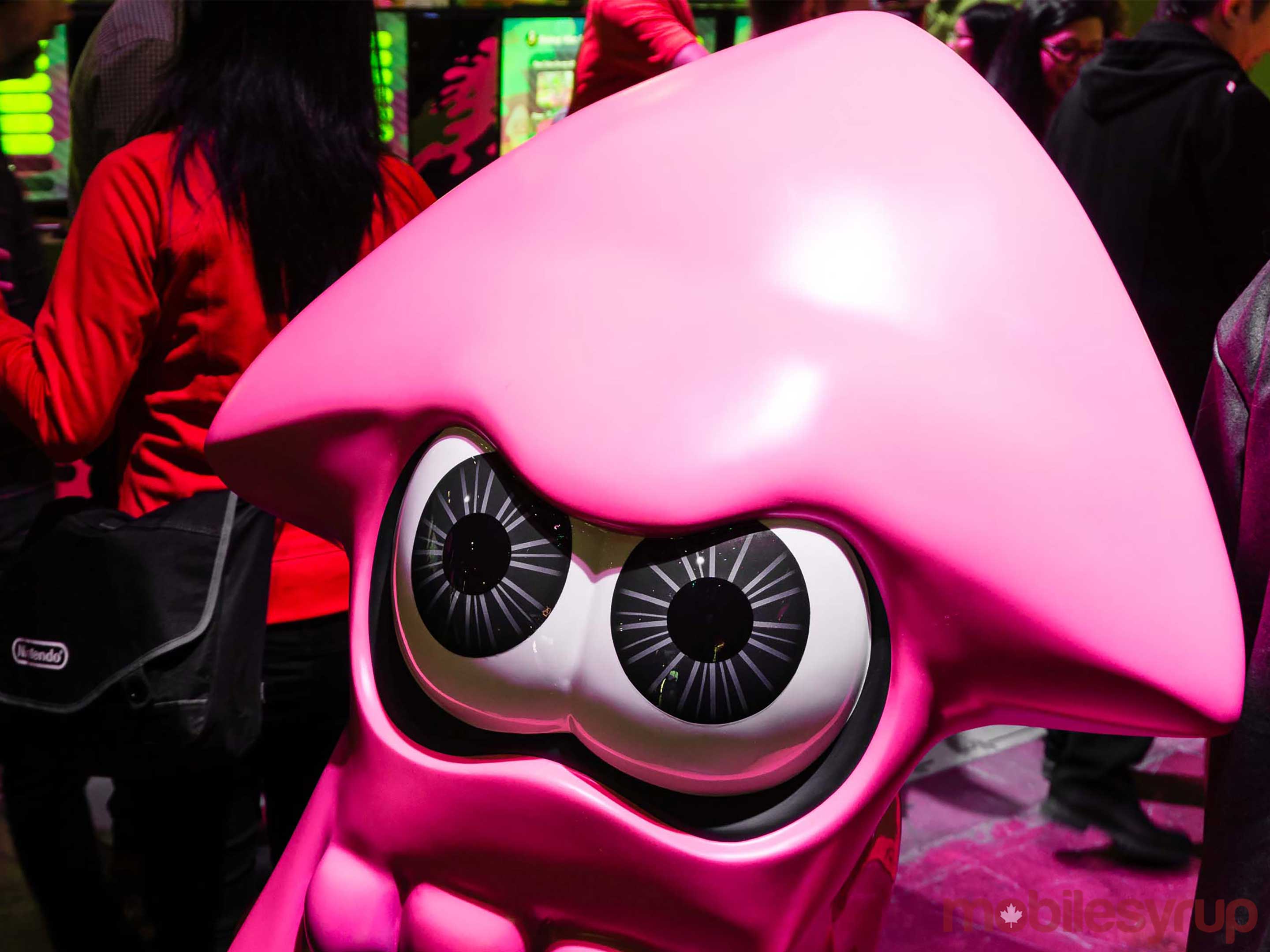
On the eve of the release of the Switch, I’m hoping Nintendo has finally conceded that it’s lost the home video game console sales race to Microsoft and Sony. Fans will argue that Nintendo hasn’t competed with Microsoft or Sony for years, though a quick look at the Japanese company’s last few console reveals and their emphasis on third-party, multiplatform support, would indicate otherwise. Some may think Nintendo can survive on its stellar first-party releases alone, but that’s now what history has shown us (take a look at the Wii U). Instead, the company should be honing in on a target that’s been slowly eroding its once dominant position in the mobile gaming market — Apple.
“So why should Nintendo be competing with Apple?,” is likely a thought that’s running through your head right now. Before you turn to Twitter to let me know how dismal my understanding of the video game industry is, hear me out.
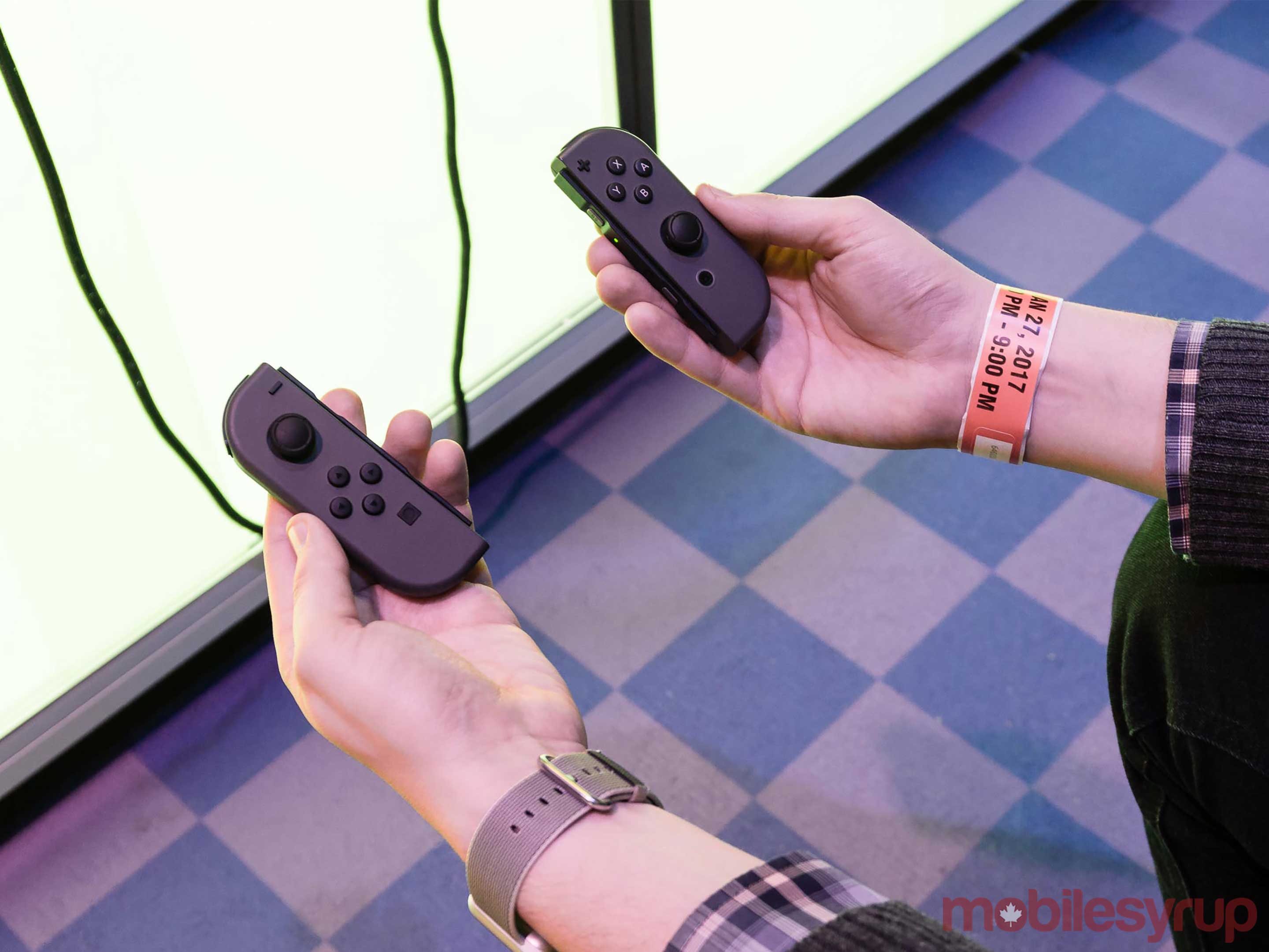
Given the portable nature of the Switch, as well as the fact that it solves many of the issues the iPhone, the iPad and Android devices suffer from when it comes to gaming, it makes sense for Nintendo to no longer worry about what Microsoft and Sony are doing with their respective consoles. Instead, the big N needs to pivot its approach and go after the market currently held by one of the world’s most valuable companies.
Playing a game on an iPhone or iPad is typically a reasonable solid experience depending on the genre of the title in question. Endless runners, strategy games and any video game that requires more passive interaction from the player, work very well on mobile devices.
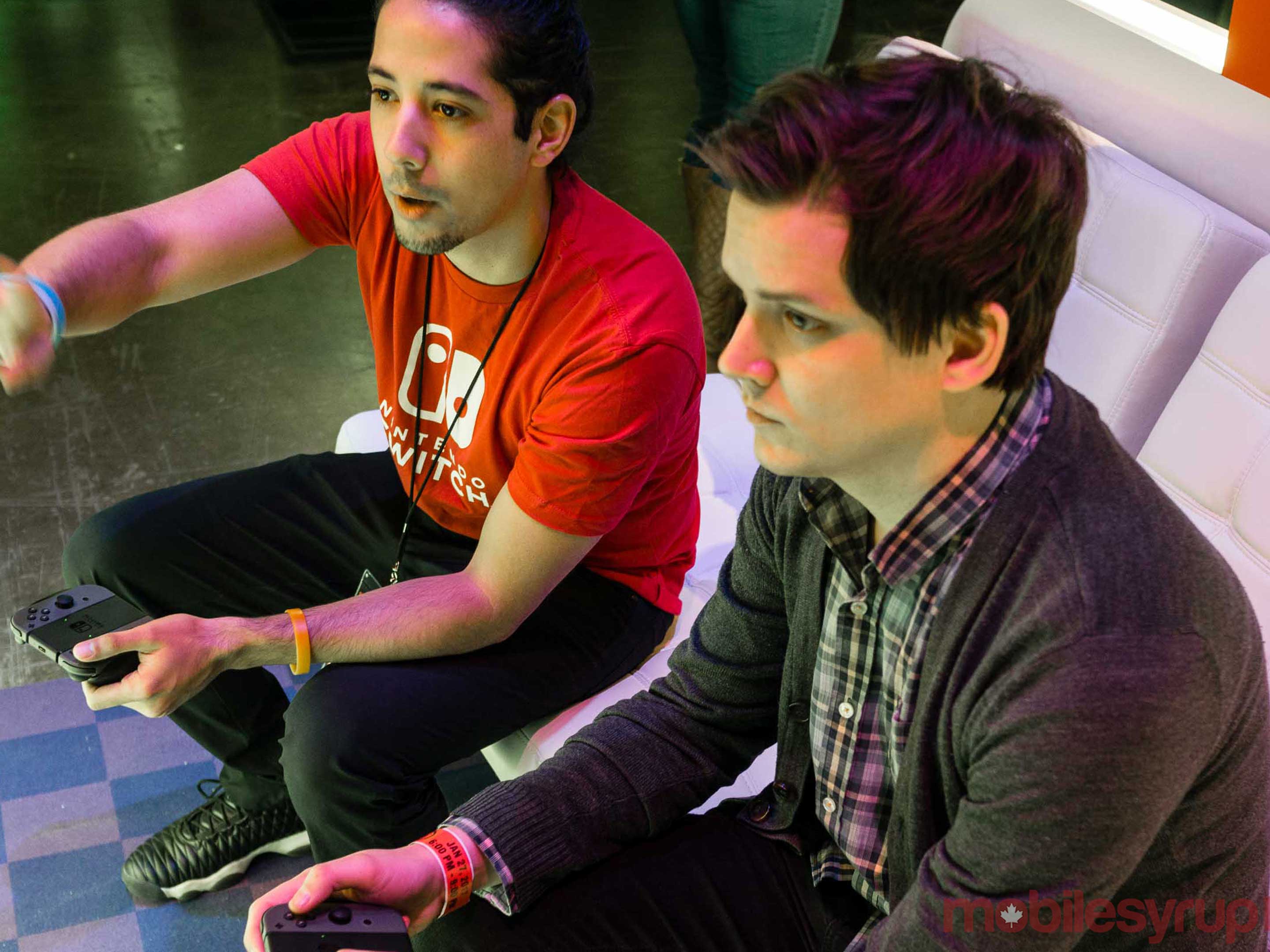
Touchscreens, however, are still very limiting in some cases. For example, Nintendo’s first serious foray into mobile gaming, Super Mario Run for iOS devices, features a control scheme that has Mario constantly moving forward (Nintendo has stated it’s actually porting its mobile games to the Switch). This is because giving the player full control over the plumber’s direction would ruin the experience due to the inaccuracy that stems from a touchscreen. Tactile buttons add a layer of depth and control that just isn’t possible on an iPhone or iPad. This is a significant reason why, despite waning 3DS sales and the skyrocketing popularity of mobile gaming, that Nintendo’s dedicated handheld consoles continue to sell moderately well.
The home console-portable device nature of the Switch moves the system in a unique direction we haven’t seen before in the video game industry. At its core, the Switch is a mobile tablet, regardless of what Nintendo executives are saying, though it’s a tablet that features the same functionality those familiar with the gaming have come to expect from dedicated handheld devices, thanks to its flimsy and small, but still competent Joy-Con controllers.
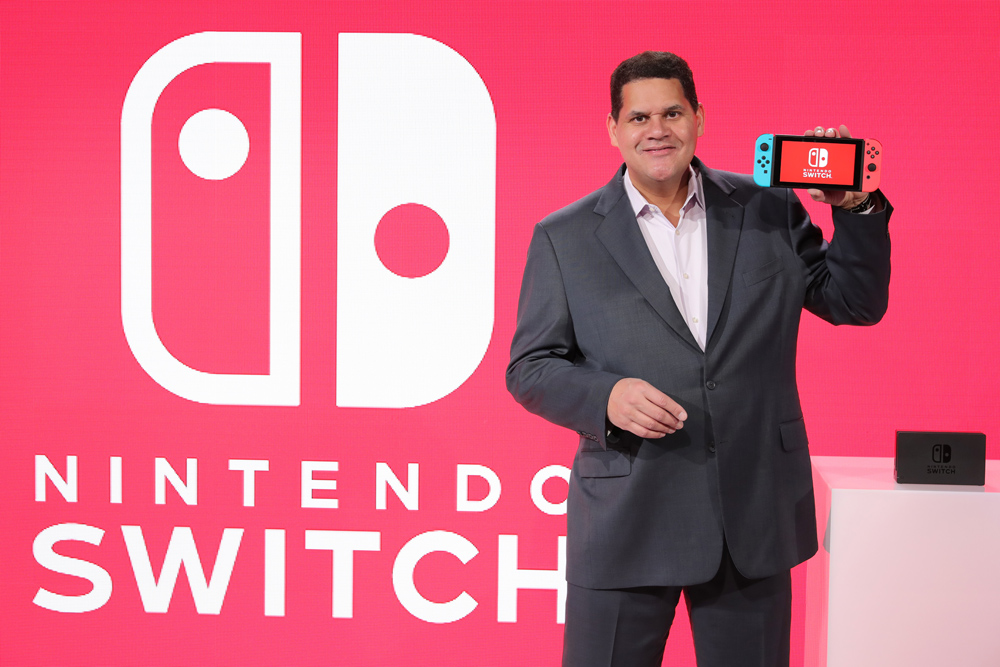
Imagine a tablet that’s capable of allowing you to browse the internet, watch videos on YouTube, view Netflix and other streaming apps, play touchscreen-based games, but also, delve into deeper gaming experiences only possible on a device that features physical controllers. Couple this with a heavy dose of nostalgic retro Nintendo games from the 8-bit NES and 16-bit Super Nintendo eras, as well as the ability to dock the tablet at home to play from the comfort of your couch on a television, and you have what I think is the ultimate video game system.
This is what the Nintendo Switch should be at launch, but unfortunately that’s not the case right now. The Japanese gaming giant has already revealed that streaming app support isn’t coming to the system until a later date, if at all. It’s also unclear how the Switch will manage downloadable retro games, though we know they’re coming to the device in some form.
Then there’s the other side of the Switch that has me excited about the console. If the Switch takes off and sells reasonably well in its first few months on the market, Nintendo could potentially attract mobile centric developers looking to create deeper experiences that are only possible with a physical controller.
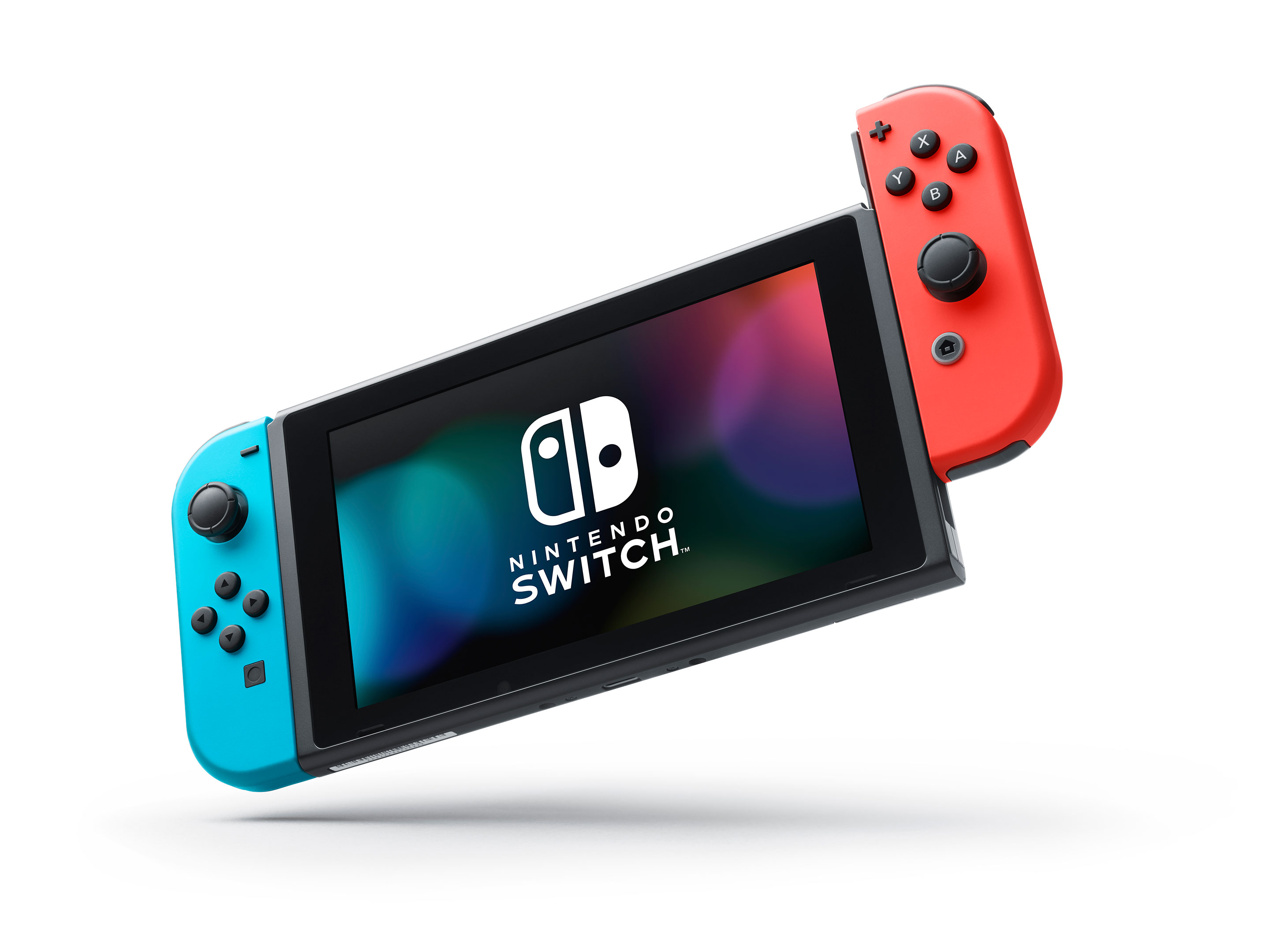
I don’t, however, expect the Switch to outsell the iPad or even most tablets for that matter, especially given the tablet market is shrinking at a gradual rate worldwide, though I do believe it’s possible for Nintendo to grab a sizeable chunk of this marketshare. What I do think is that the Nintendo Switch could add a much-needed jolt of excitement to a relatively stagnant product category, offering those that are interested in video games, but also an all-in-one gaming device that has the ability to hook up to a television, a compelling option that’s never existed before.
I imagine a device that allows me to play popular mobile games like Clash of Clans and Lara Croft, but also The Legend of Zelda: Breath of the Wild and Super Bomberman R.
Make it happen Nintendo.
MobileSyrup may earn a commission from purchases made via our links, which helps fund the journalism we provide free on our website. These links do not influence our editorial content. Support us here.


